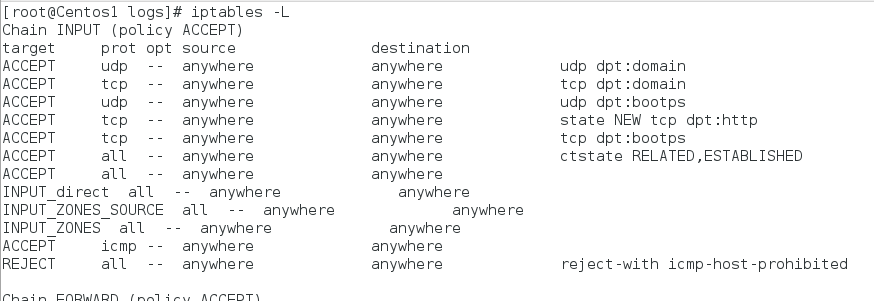No two businesses are alike, so it stands to reason that a single fixed training course won't work for every one. We recognise this so - as well as our standard scheduled courses - we design, build and deliver tailored training specific to individual business needs.
In Part 2 of working with dates we use the INT, DAY and WEEKDAY functions to derive the week number within a month for a given date. The following screen shot shows the desired results, assuming a week starts on a Monday:

Wednesday 1st June 2011 is in week 5 of the previous month (May) as the Monday of that week was ion the previous month.
Monday 6th June is in week 1 as it is the first Monday of June.
Question 1: How do I retrieve the date of the first and last day of a date's month?
The following screen shot shows an Excel workbook containing a column (A) of dates from which we extract the first and last dates of the month of these dates:

In Part 2 of our “SQL Server - Working With Dates” blog we use the DATEPART function.
DATEPART Function
DATEPART works in the same way as DATENAME, but returns numbers for the weekday and month instead of the word. (weekdays start with 1 for Sunday by default, but this can be changed).
The following example shows a comparison of DATENAME and DATEPART:
Ian & I have received a lot of queries from past delegates about handling various date challenges when extracting data from SQL Server and Oracle databases, so we are adding them to our blog for your reference. There will be a series of posts and this is Part 1.
The following examples are for SQL Server, and are based on the AdventureWorks2014 sample database.
The following queries uses the DATENAME and DATEADD functions.
DATENAME Function
DATENAME can be used to extract a specified part of a date/time value. It takes two arguments:
The following example is based on an Adventure Works cube and shows you how to create a measure that ranks countries according to sales revenue.
It implements the following MDX functions:
- Rank
- CurrentMember
- Children
- Order
Rank by Largest to Smallest
The MDX WITH MEMBER statement creates a temporary measure for the rank value based on total internet slaes in the calendar year 2006, and the associated SELECT part uses the rank to order the countries.
I was recently asked by a delegate how they could calculate lost work hours due to sick days on a per month basis. This might sound fairly straight forward, but their database only stored the start date for the sickness period and the number of days for the sickness period. So, that means that if an employee was off sick for a period of 5 days starting October 28th, 3 of the days should be counted into October and 2 of the days should be counted in November. Not so simple after all!
Last week I was asked the following question:
“Is there any way that you can find out which hosts or IP addresses have been accessing your Apache Web Server the most?”
The answer to this question is “YES!”.
Apache maintains an access log file, its default location is in the Apache logs directory, but this can be defined in the Apache httpd.conf file. The “out of the box” location for the Apache distribution with CentOS/= and RHEL 6 and 7 is: /etc/httpd/logs/access_log. Here is an example of the the default log entries for this file:
In its out of the box configuration you may find that CentOS Linux has iptables configured to prevent inbound HTTP requests.
You can add access for inbound HTTP requests on port 80 with the following command:
iptables -I INPUT 4 -p tcp -m state --state NEW -m tcp -dport 80 -j ACCEPTLine 4 of the iptables -L output now shows that http is allowed inbound from anywhere:

SQL Server 2012 introduced a RESULT SET clause to the EXECUTE statement.
It can be used to specify alternate data types and column names for result sets returned by an EXECUTED statement or Stored Procedure.
The examples in this article are based on the AdvetureWorks2014 database.
The following example shows its use with an ad-hoc query example.
